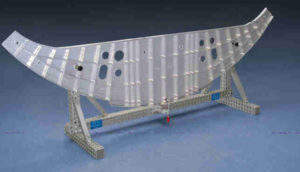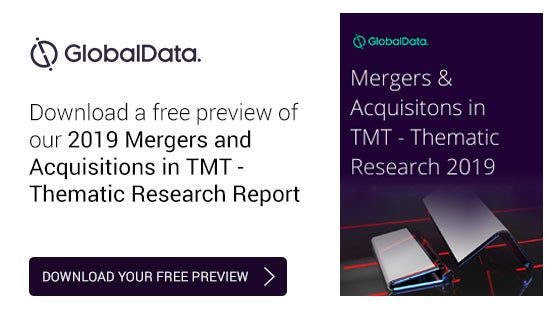Horst Witte Aircraft Fixturing Systems for Machining and Measuring

Horst Witte, a German-based company, specialises in constructing high-precision aerospace products made of high-tensile aluminium.
This includes design and manufacturing of several innovative, patented aircraft fixturing systems for machining and measuring, as well as subcontracting machining of top-quality parts for the aerospace and medical industries.
Horst Witte possesses more than 35 years’ experience in machining aerospace aluminium alloys. It owns an ultra-modern machine shop and has an experienced and dedicated workforce with an immense depth of expertise.
Horst Witte has subsidiaries in Asia, Mexico and USA, as well as additional agents and partners all around the world. This global network guarantees our clients qualified advice, supply and service of Witte products.
The high-quality of all Witte products and internal processes is verified by the DIN ISO 9100 and 9001 certifications we have received. We have also been awarded the QSF-A for suppliers to the aerospace industry.
ALUFIX MODULAR FIXTURING SYSTEM
Alufix is a modular aircraft fixturing system made of high-tensile aluminium. It is designed for measuring fixtures, checking gauges, and assembling or welding fixtures, cubings and gauges. It is also used to set up prototypes, and for stereolithography and design development.
Aluminium aircraft fixtures are very advantageous if the room temperature of the assembly area is not controlled. A uniform expansion of jig and aluminium workpieces guarantees a better compliance with the tight tolerances of the finished product.
Alufix is particularly suitable for small and medium-sized assembly fixtures such as prototypes. In the aerospace industry, Alufix is especially used for on-the-spot fixtures. The jigs can be built within a minimum of time.
Sets of Alufix are available as well as complete aircraft fixtures. The basic Alufix set offers a variety of application possibilities depending on the quantity of components.
ADVANTAGES OF ALUFIX
The Alufix modular aircraft fixturing system has many advantages:
- Ensures high accuracy of all components
- Very lightweight but very stable
- System sizes can be combined
- No weight or size limits on workpieces
- All fixtures are repeatable
- Components are reusable
- Low storage space required when not in use
- Parts library in CAD
- Design software
- Corrosion-free
- Long-lasting and maintenance free
The basic principle of the system, namely modularity of single components which always fit together, has remained the same for almost 20 years. Fixtures of different kinds and sizes can be built on-the-spot out of single components and disassembled after use.
COMPLETE FIXTURES WITH ALUFIX
Alufix can be used to construct many different types of fixtures in various types and sizes. CAD designs are carried out using Fixmes part library and designing software Alufix Expert.
Alufix fixtures are designed in just 20% of the time required for conventional fixtures. Further costs and time savings can also be achieved due to the possibility of changing finished fixtures quickly and easily at any time during the process.
Products and Services
Video
White Papers
Related Projects

Sonex Waiex-B Aircraft

Vickers Wave Amphibious Light Sport Aircraft
Press Release
Exhaustive control checks and maintenance of sensitive aircraft parts must be carried out regularly. Certain parts on which strong demands are made, such as for instance landing gear, are given to special repair companies. As those companies often do not have the original drawings of th
Read moreRegional Offices
Horndorfer Weg 26-28
21354 Bleckede
Other
Germany
Witte America
120 E Market Street Suite 455
Indianapolis, IN 46204
Other
United States of America
Horst Witte de Mexico
Ocotillos No. 3644
31125 Chihuahua
Other
Mexico
Witte Far East Pte. Ltd.
13 Joo Koon Crescent
Singapore
Singapore 629021
Other
Singapore














